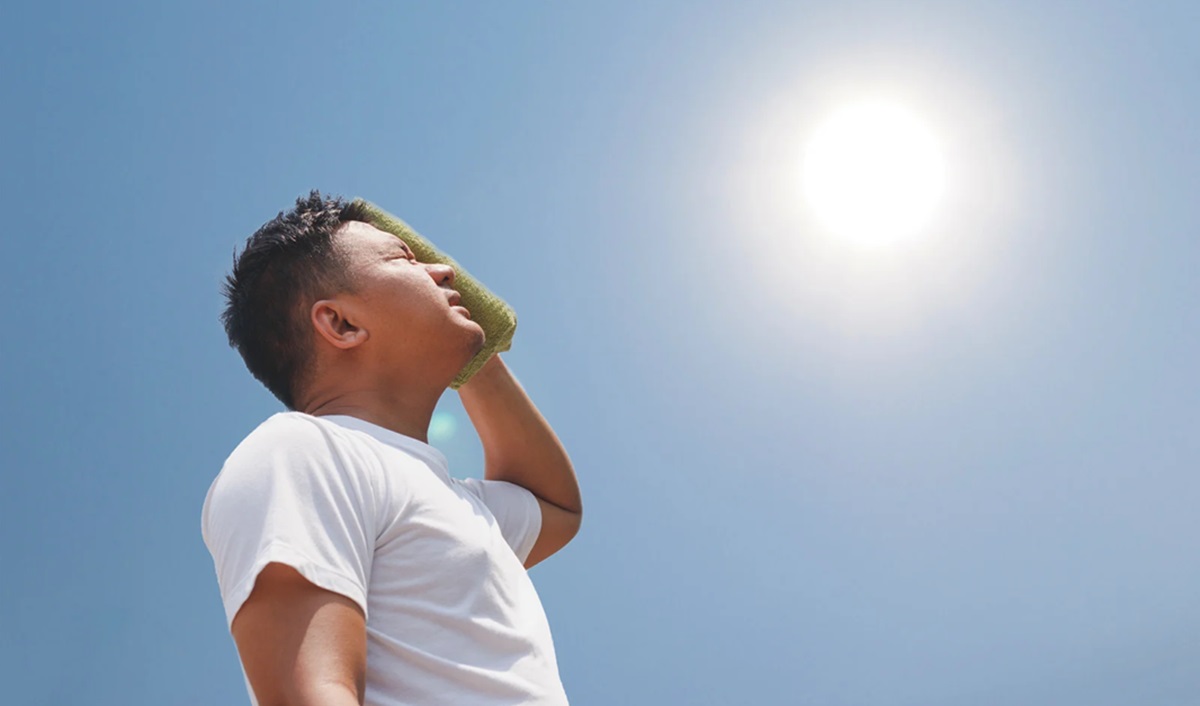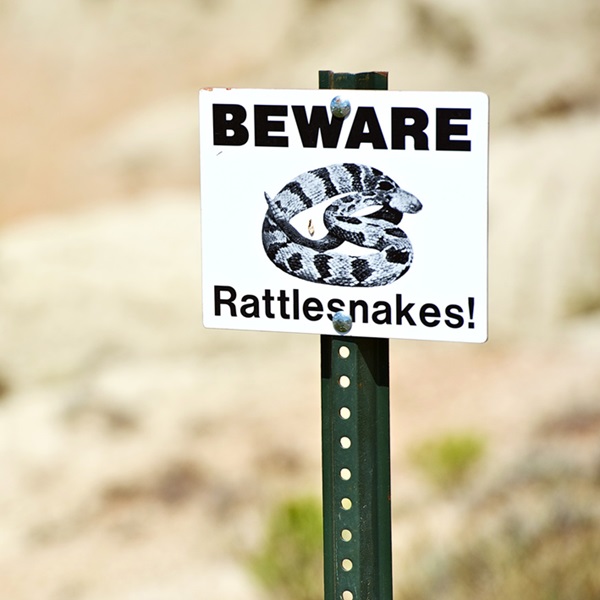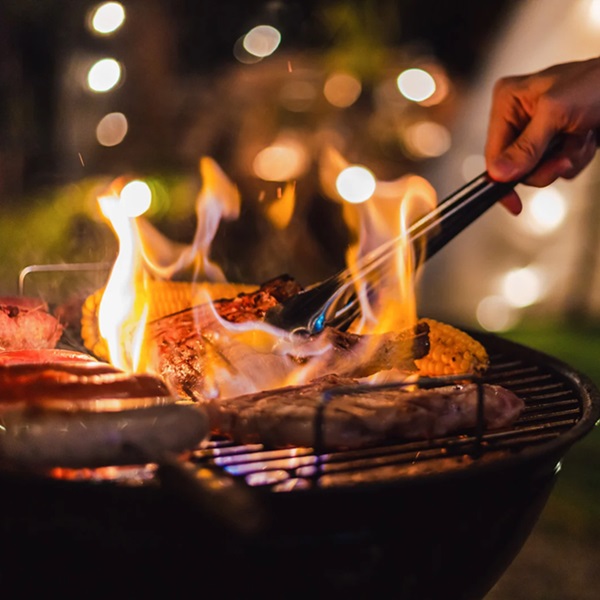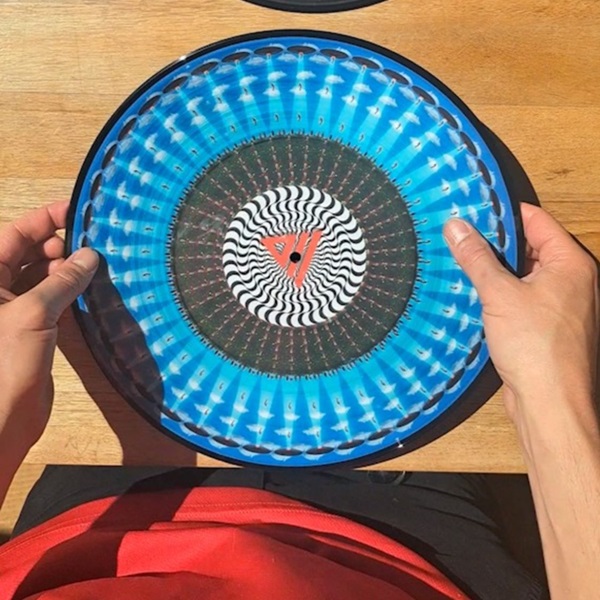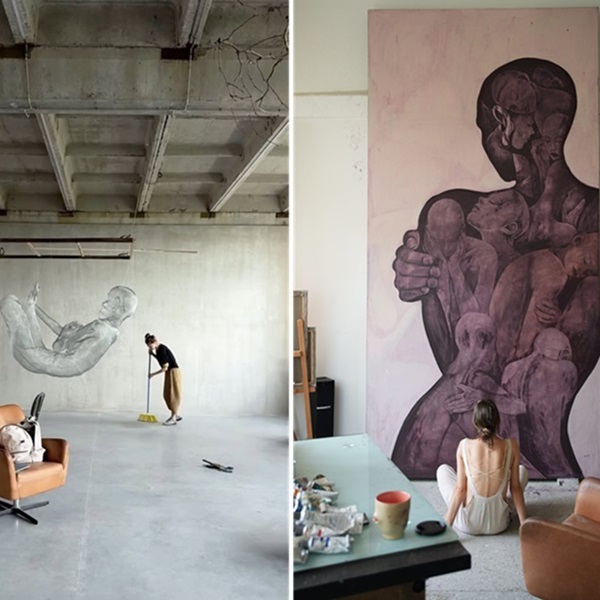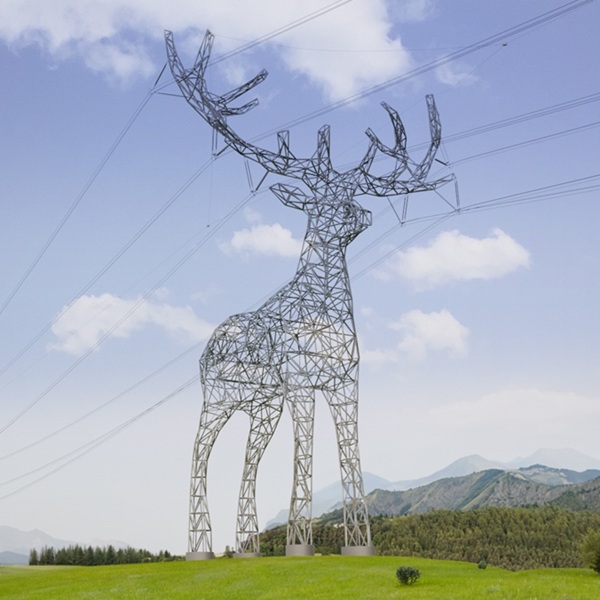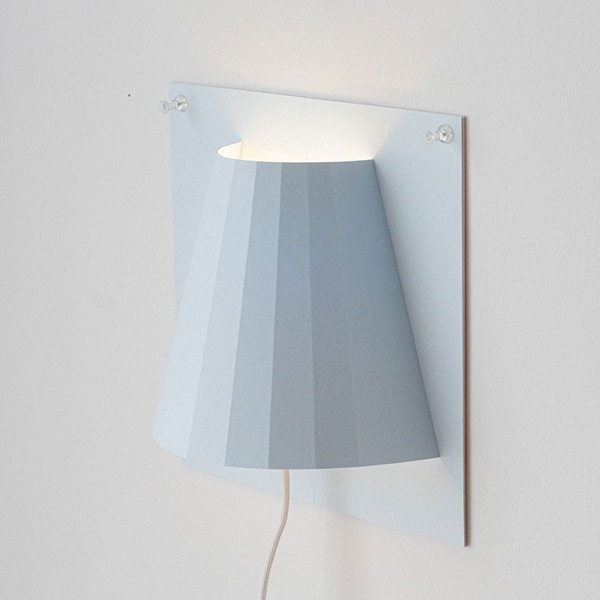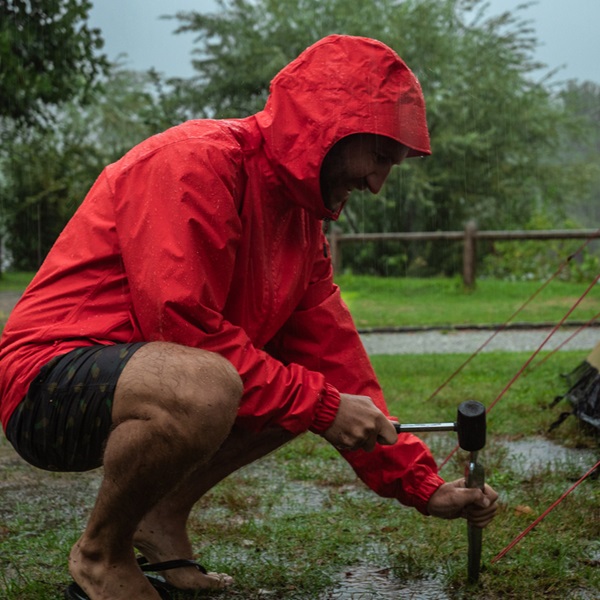
High temperatures, intense sun exposure, and physical exertion increase the risk of heat-related illnesses. And as a hiker, you should know how to treat heat stroke, especially on challenging trails.
Heatstroke is a serious medical emergency that can affect even the most experienced hikers. Early recognition and quick action are essential to prevent long-term damage or even death.
In this guide, you will learn practical steps to identify symptoms of heatstroke, cool the body effectively, and stay safe during your outdoor adventures. Understanding how to treat heatstroke while hiking is a critical part of any hiker’s safety knowledge.

What is Heat Stroke?
If you would like to know how to treat heat stroke while hiking, firstly, you should know knowwhat exactly heat stroke is. Heat stroke is a severe heat-related illness that occurs when the body’s temperature rises rapidly, often exceeding 104°F (40°C). In this case, your body cannot cool itself effectively.
Unlike milder conditions like heat exhaustion, heat stroke is a medical emergency that requires immediate attention. If you do not seek treatment for heat stroke treatment, it can lead to organ failure, brain damage, or death.
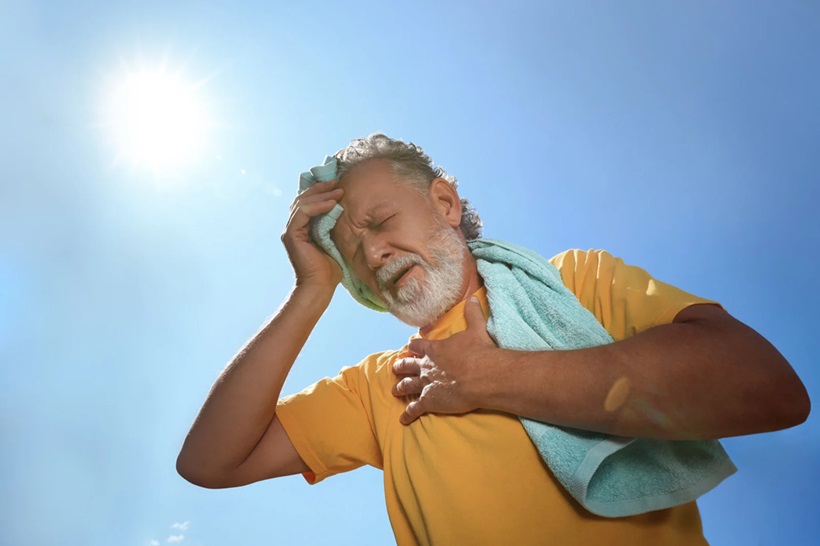
Causes of Heat Stroke While Hiking:
- Hiking in extremely hot and humid weather
- Prolonged exposure to direct sunlight
- Inadequate hydration
- Wearing heavy or non-breathable clothing
- Overexertion or high-intensity hiking
- Poor physical conditioning or underlying health conditions
- Lack of acclimatization to heat
Common Symptoms of Heat Stroke:
- High body temperature (104°F / 40°C or higher)
- Rapid heartbeat
- Hot, red, dry, or damp skin
- Confusion, dizziness, or disorientation
- Headache
- Nausea or vomiting
- Loss of consciousness
- Muscle weakness or cramps
What is heat exhaustion
Before learning how to treat heat stroke while hiking, you should first know heat exhaustion as well. Because this condition commonly comes first and can quickly escalate if ignored.
Heat exhaustion occurs when your body overheats due to excessive physical activity in high temperatures, combined with dehydration. It is your body’s warning sign that it’s struggling to cool down. While less severe than heat stroke, heat exhaustion still requires prompt action to prevent the situation from worsening.
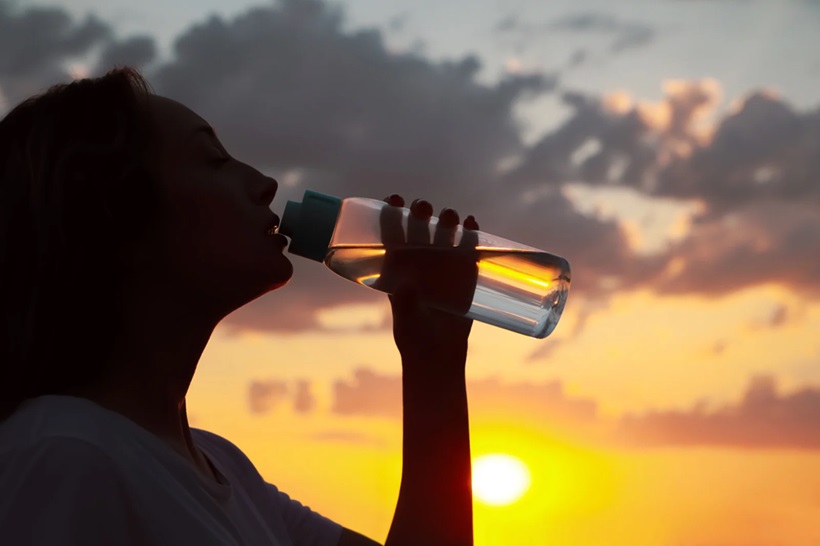
Common Symptoms
- Heavy sweating
- Pale, cool, and clammy skin
- Weakness or fatigue
- Dizziness or fainting
- Headache
- Muscle cramps
- Nausea or vomiting
- Rapid but weak pulse
- Dark-colored urine (a sign of dehydration)
Heat Exhaustion vs Heat Stroke
| Aspect | Heat Exhaustion | Heat Stroke |
|---|---|---|
| Severity | Moderate, a warning stage | Severe, a life-threatening emergency |
| Skin Condition | Cool, moist, pale or clammy | Hot, dry or damp, flushed |
| Body Temperature | Below 104°F (40°C) | 104°F (40°C) or higher |
| Mental State | Tired, dizzy, possible fainting | Confusion, agitation, loss of consciousness |
| Sweating | Heavy sweating | May stop sweating entirely |
| Treatment Needed | Rest, hydration, cooling | Immediate emergency medical attention |
How to Prevent Heat Stroke While Hiking?
With the right preparation and awareness, you can significantly reduce your chances of heat-related illness. Staying cool, hydrated, and aware of your physical limits are essential strategies.
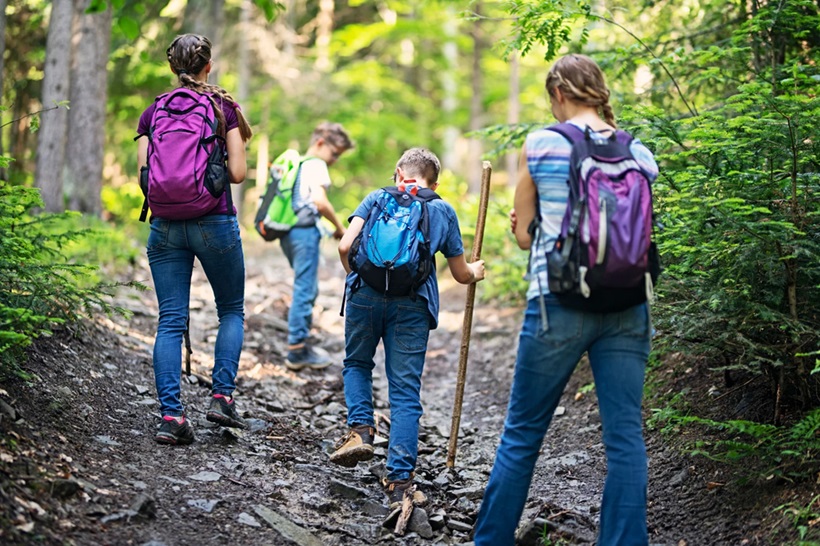
Below, you can find key precautions for heat stroke prevention.
Stay Hydrated
Drink water consistently throughout your hike, even if you’re not thirsty. Dehydration increases your body temperature and makes it harder for your system to cool down naturally.
Hike During Cooler Hours
Plan your hikes for early morning or late afternoon when temperatures are lower. Avoid peak heat hours—typically between 10 a.m. and 4 p.m.—to reduce exposure to extreme heat.
Wear Lightweight and Breathable Clothing
Choose light-colored, moisture-wicking clothes that reflect sunlight and allow sweat to evaporate. A wide-brimmed hat and UV-protective clothing can also shield your skin from harmful rays.
Take Frequent Breaks in the Shade
Rest regularly in shaded or breezy areas to give your body time to cool down. Pushing through fatigue increases the risk of overheating, especially on steep or sunny trails.
Use Electrolytes
Add electrolyte tablets or sports drinks to your hydration routine to replenish lost minerals. This helps maintain energy levels and supports proper muscle function in the heat.
Know Your Limits
Pay attention to how your body feels and adjust your pace accordingly. Don’t hesitate to turn back if you start feeling weak, dizzy, or nauseated.
Acclimate to Hot Conditions
If you’re hiking in a new or hotter environment, give your body time to adjust over several days. Gradual exposure improves your ability to tolerate heat and reduces the risk of heat stroke.
Heat Stroke Treatment in 7 Steps
Despite all precautions, heat stroke can still happen—even to experienced hikers. That is why it is essential to know how to treat heat stroke for your safety. Quick, decisive action can mean the difference between recovery and a medical emergency. The goal is to lower the person’s body temperature rapidly while waiting for professional help.
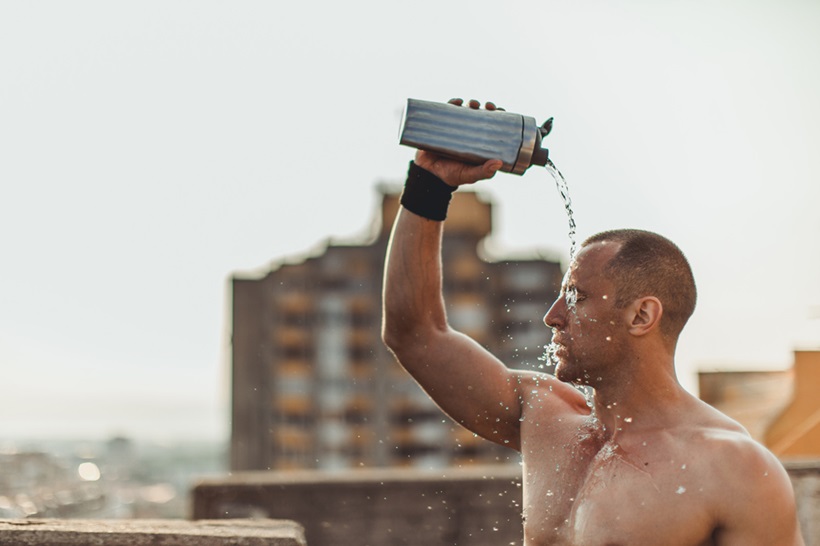
Move to a Cooler Environment
Immediately get the person out of direct sunlight and into a shaded or ventilated area. If possible, use a tarp, emergency blanket, or tree cover to block the sun. Reducing environmental heat exposure is the first step in slowing the rise in body temperature.
Call for Emergency Help
Heat stroke is a life-threatening emergency. Call emergency services right away or activate a GPS SOS signal if you’re in a remote location. Even if the person seems to recover, medical evaluation is essential to ensure no internal damage has occurred.
Remove Excess Clothing
Strip off any unnecessary or tight clothing to allow the body to cool faster. Loosen belts, shoes, and backpacks. The more exposed the skin is to air and water, the faster heat can escape.
Actively Cool the Body
Use available water to soak clothing, towels, or bandanas and place them on the head, neck, armpits, and groin—key areas where blood vessels are close to the surface. If a stream or lake is nearby, immerse the person or at least splash them with water. Fan the person or create airflow to enhance evaporative cooling.
Elevate the Legs
If the person is conscious and lying down, slightly elevate their legs. This promotes blood flow to vital organs, which may be compromised due to heat-related stress. Avoid this step if there are signs of injury or discomfort when moving the legs.
Keep the Person Calm and Still
Avoid having the person walk or move around, even if they say they feel better. Physical effort can worsen their condition. Instead, keep them still, calm, and reassured while continuing to cool their body.
Monitor Vital Signs
Stay with the person and monitor their breathing, pulse, and responsiveness. Be prepared to perform CPR if they lose consciousness and stop breathing. Keeping them alert and hydrated—if they’re conscious and not vomiting—is helpful, but never force fluids.

